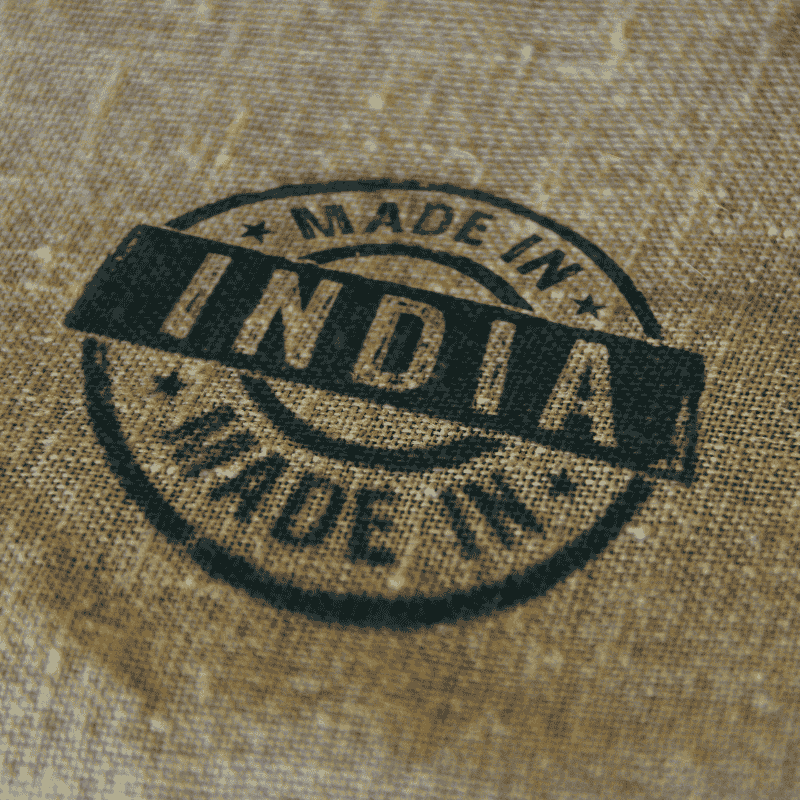In 2025, technology isn’t just global—it’s personal and local. The motto “Make in India” has evolved into something bigger: “Tech in India.” From home-grown semiconductors to sovereign AI systems, India is aiming for self-reliance in core technology sectors. This isn’t just good PR—it’s a strategic shift that’s reshaping how businesses, tech professionals, and marketers think about India’s role in the global tech economy.

1. Why Tech Independence Matters Now
Global disruptions (like the pandemic, supply-chain shocks, geopolitical tensions) showed the vulnerability of relying on foreign tech. As Piyush Goyal recently said, cutting dependence on foreign technology is vital for India’s long-term growth.
Key reasons:
- Sovereignty: controlling critical tech means less dependency on external players.
- Resilience: local manufacturing + R&D means faster response to change.
- Economic growth: higher value-addition means more jobs, higher margins.
- Global leadership: expect India not just to consume tech, but to export it.
2. Semiconductors: The Heart of the Revolution
One of the biggest signals of this shift: India pushing to roll out its own semiconductor chips by end of 2025.
Imagine: a “Made-in-India” chip sitting inside devices, servers, maybe even home appliances. That’s huge.
India has announced multiple manufacturing units under the India Semiconductor Mission (ISM) and green-lit new factories.
For marketers and tech professionals, this means:
- More hardware-software local jobs.
- Marketing for homegrown tech becomes a growth vertical.
- “Indian origin tech” as a selling point: for Indian brands, this is a competitive edge.
3. Self-Reliance in AI, Defence & Deep Tech
Tech independence isn’t only about chips. It’s also AI, defence systems, space tech, and software. According to reports, India is pushing for home-grown systems in everything from AI models to operating systems.
This creates a ripple effect:
- Tech creators need to understand local regulation, local data, local languages.
- Marketers will need to appeal to a “made-in-India technology” mindset among consumers and enterprises.
- GEO optimization becomes deeper — not just city-based, but culture/language based.
4. GEO Optimization: Local Meets Global
While this is a national initiative, it’s also local. Here’s how GEO (geographical optimization) plays out:
- Cities like Bangalore, Pune and Hyderabad will grow as hubs for chip-manufacturing, AI research, and tech exports.
- Regional language and culture will play a role: marketing “Made in India” tech to tier-2/3 cities means localizing content (Hindi, Marathi, Tamil, Telugu etc.).
- Local SEO keywords might look like:
- “Made in India semiconductor company Pune”
- “AI startup Chennai home-grown tech”
- “Indian defence tech manufacturer Bangalore”
These help your blog or your client’s content get found regionally and
5. SEO + AEO Strategy: How Your Content Should Evolve
In this era, content must serve two audiences: search engines and AI answer engines.
- SEO: still vital. Keywords like “tech independence India”, “made in India chips”, “self-reliant tech India”.
- AEO (Answer Engine Optimization): as voice search, AI assistants (ChatGPT, Perplexity etc.) become more common, you’ll want to use question-based headings and direct answers. For example:
“What is India’s plan for semiconductor manufacturing by 2025?”
“How will tech independence affect Indian job market?”
These help your blog get picked in voice results and AI-driven “featured snippets”.
Also include FAQ sections (we’ll get to them) and structured data (FAQ schema) if possible.
6. What It Means for Businesses & Professionals
For Businesses:
- If you’re a marketing agency — you can pitch “Promote your brand using Made-in-India technology” as a unique value.
- If you’re an IT services firm — local R&D + local manufacturing becomes a selling point over “we outsource everything”.
- If you’re a product brand — flag your tech as “design & manufacturing India” to appeal to patriotic or cost-sensitive audiences.
For Professionals:
- Tech roles in semiconductors, hardware manufacturing, AI model development, and localisation will see growth.
- Skills in regional language processing, local data regulation, and deep tech will be in demand.
- Marketers who understand how to sell local tech globally will have an edge.
7. Challenges & Things to Watch
Yes, the ambition is huge—but so are the challenges:
- Infrastructure gap: building chip-fabs isn’t easy; requires massive capex, specialised skills, global supply chains.
- Talent shortage: local talent must scale quickly in deep tech areas.
- Regulatory & trade barriers: local content rules, global partnerships, IP issues.
- Marketing challenge: convincing the world (and even Indian consumers) that local tech is as good as global names.
Any blog on this topic should stay balanced — celebrate the vision, but also recognise the hurdles.
Frequently Asked Questions (FAQ)
Q1. What is India’s “tech independence” initiative?
It’s an effort to reduce reliance on foreign tech by boosting local manufacturing, R&D and exports in key areas like semiconductors, AI, defence tech and space.
Q2. Why are semiconductors so important?
They’re the foundation of all modern electronic devices—from smartphones to servers to cars. Having production in India means more control, more jobs, and less dependence.
Q3. How does this affect digital marketers?
Marketers must shift to promoting local tech strengths, leverage regional GEO keywords and use the narrative of “home-grown innovation” in campaigns.
Q4. What role do GEO & AEO play here?
GEO means tailoring content to local cities, languages and culture. AEO means creating content that answers questions — perfect for voice search and AI assistants.
Conclusion: Rewrite the Tech Story
For years, India was a tech service hub. Now, it’s becoming a tech innovation hub. From chip factories in Pune to AI labs in Bengaluru, the “Made in India” story is becoming more than just flag-waving—it’s about real capacity, real jobs, and real competitiveness.
If you’re a business owner, marketer or tech professional, this shift is your cue. Update your narrative, optimize your content (both SEO & AEO), and tap into the rising demand for Indian-origin technology.
Because the future isn’t coming to India—it’s being built in India.

